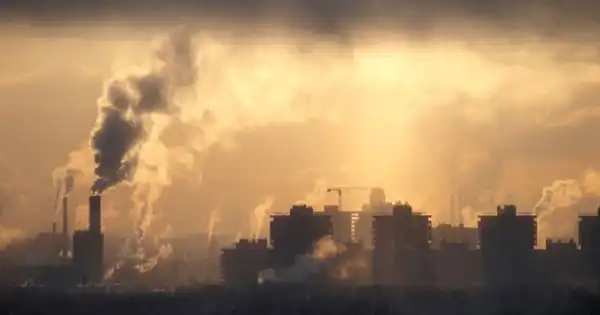Urban reforestation is the technique of planting trees in urban areas, usually on a big scale. It’s a plan to increase the presence of trees and other vegetation in urban areas. It may also encompass urban agriculture and horticulture. It entails planting and caring for trees, bushes, and other greenery within cities and towns in order to improve residents’ quality of life and the overall environmental health of the urban environment.
Benefits
Urban reforestation is done for a variety of reasons, including urban attractiveness, boosting shade, changing the urban climate, improving air quality (for example, by sequestering carbon dioxide), and restoring urban forests after a natural disaster. As heat from the sun is kept from heating structures that utilize air conditioning, more shade from urban reforestation can contribute to lower energy bills.
These advantages may help to increase local property prices, filter pollutants from rainwater runoff and so improve water quality, and create more habitat for wildlife, particularly endangered species.
Urban reforestation has gained prominence in recent years due to its numerous benefits, including:
- Improved Air Quality: Photosynthesis allows trees to absorb CO2 and release oxygen. They also remove contaminants and particulates from the air, resulting in cleaner, healthier urban air quality.
- Temperature Regulation: Trees produce shade and help to lower temperatures through a process known as evapotranspiration, which can help to lessen the urban heat island effect and energy consumption for cooling buildings.
- Biodiversity: It can create habitats for birds, insects, and other wildlife, increasing urban biodiversity and promoting ecological balance.
- Noise Reduction: Trees and vegetation can act as natural sound barriers, reducing noise pollution from traffic and other urban sources.
- Community Engagement: Urban reforestation projects can engage local communities and foster a sense of stewardship and responsibility for the environment.
To successfully implement urban reforestation, cities and communities must typically consider factors such as selecting the appropriate tree species for the local climate, providing proper care and maintenance, addressing potential challenges such as limited space and resource competition, and involving residents and stakeholders in planning and maintenance efforts. Many communities have implemented urban forestry initiatives and policies to effectively encourage and manage reforestation activities. These efforts contribute to the creation of more sustainable, resilient, and habitable urban settings.
















